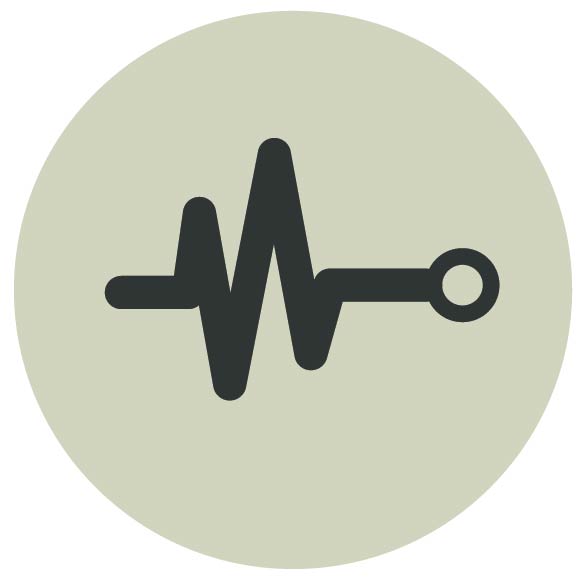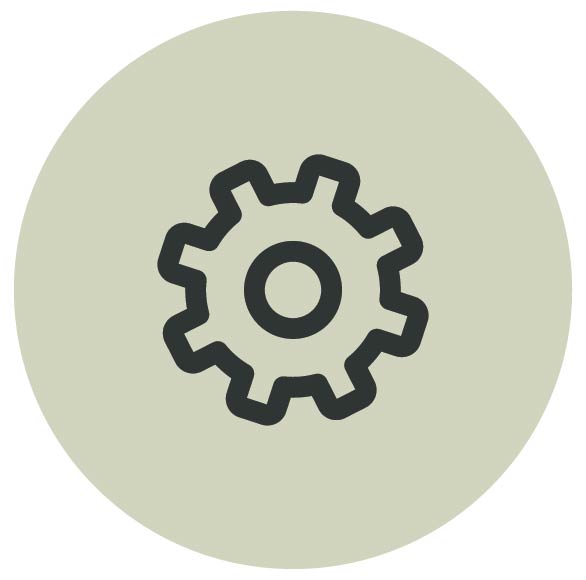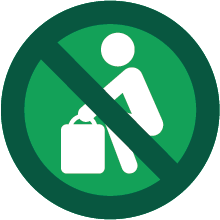Ehlers-Danlos syndrome (EDS) is a collection of inherited disorders that affect the body’s connective tissues — mainly the joints, skin, and blood vessels. The connective tissue which consists of a complex blend of proteins and other substances provides strength and suppleness to the body's supporting systems.
Extremely flexible joints and delicate, elastic skin are the main characteristics of EDS. However, vascular Ehlers-Danlos syndrome, a more severe form of the condition, can lead to severe outcomes such as ruptures in a person's uterus, intestines, or blood vessels.
The content on this page is provided solely for information purposes and provides an overview of the subject matter covered. It is not a substitute for professional medical advice, diagnosis or treatment. If you think you have Ehlers-Danlos syndrome, please seek further information. The information on this page is subject to change without notice.
Ehlers-Danlos Syndrome is an invisible disability
 1 in 5,000 people worldwide live with EDS
1 in 5,000 people worldwide live with EDS Most type of EDS are caused by gene mutationsor each person
Most type of EDS are caused by gene mutationsor each person EDS is hereditry and not an autoimmune condition
EDS is hereditry and not an autoimmune condition No known cure EDS currently has no cure
No known cure EDS currently has no cure EDS can affect people from all races, gender, age, and body type
EDS can affect people from all races, gender, age, and body type 90% of people with EDS have pain and fatigue
90% of people with EDS have pain and fatigue Lifelong EDS is a lifelong condition
Lifelong EDS is a lifelong condition
Symptoms of Ehlers-Danlos Syndrome
Various forms of Ehlers-Danlos syndrome have different symptoms. However, the following are common symptoms present in all forms of EDS:
- Overly flexible joints
- Unstable joints
- Excessive bruising
- Stretchy thin skins
Types of EDS and their symptoms
Currently, there are 13 different types of Ehlers-Danlos syndrome. The most common types are listed below with their symptoms.
Hypermobile EDS
Hypermobile EDS is the most common type and symptoms include:
- Fatigue
- Hypermobility of joints
- Unstable and loose joints that dislocate easily
- Joint pain and clicking joints
- Easily bruised skins
- Heartburn, constipation, and similar digestive problems
- Urinary incontinence
- Increased heart rate and dizziness after standing up
Classical EDS
Classical EDS is less common than hypermobile EDS and often affects the skin more. Symptoms include:
- Stretchy skin
- Hernias and organ prolapse
- Fragile skin that tends to split easily, especially over the knees, forehead, elbows, and shins
- Velvety, smooth skin that easily bruises
- Wounds are slow to heal and often leave wide scars
Vascular EDS
Vascular EDS is a unique type of EDS, and it is the most severe of them all. It affects blood vessels and internal organs; these can cause them to split and lead to life-threatening bleeding.
Symptoms include:
- Thin skin that shows small blood vessels, especially on the legs and uppers chests
- Skin that bruises easily
- Blood arteries are delicate and can bulge or tear, resulting in severe internal bleeding
- Hypermobile toes and fingers, unusual facial features (like thin lips and nose, small earlobes, and large eyes), and delayed wound healing
- A possibility of organ issues, such as partial lung collapse, intestine tears, and womb tearing in late pregnancy
Kyphoscoliosis
Kyphoscoliosis is another rare type of EDS. Symptoms include:
- Spine curvature—this develops in early childhood and frequently gets worse in adolescence
- Weak muscles
- Hypermobility of joints
- Unstable, loose joints that dislocate easily
- Fragile eyes that easily get damaged
- Velvety, soft, and stretchy skin that bruises easily and leaves scars
- Difficulty in sitting and walking
Living with EDS and challenges faced in daily life
People living with EDS are faced with numerous challenges in their daily lives. However, one person's experience with EDS may differ significantly from another's. The following are some of the challenges that people with this condition may have:
- The physical and emotional health of someone with EDS may be compromised
- People with EDS are most often left to manage on their own making daily life challenging
- Many myths and misinformation of the condition
- Difficulty in accessing hypermobility specialist units
- Living with the fear that symptoms can suddenly change from mild to life-changing
- Inability to maintain a normal social life due to the myriad of symptoms of the condition
- Sexual relationships might be affected
- Anxiety and the feeling of being sorry for the people having to put up with their condition
- Dealing with mislabelling of pain and symptoms “it’s all in your head” or “it is made up”
- Difficulty keeping up with friends and family
- Fear of the unknown
- Fear of being judged
Assistance and support you can offer
Ehlers-Danlos Syndrome, like other non-visible disabilities, is different for everyone; it is impossible to generalise the below recommendation for all.
The symptoms of EDS can present different degrees of challenges for people living with the condition, and each person may be affected by EDS differently. To offer your support, it is recommended that you find out and learn about the condition. Here are ways to adjust and offer your support.
- Be understanding - EDS is often not a visible condition, people with the condition may look fine physically but could be experiencing a range of symptoms
- Listen - don’t assume you know what will help
- Be open to learning and ask questions about EDS
- Give them your reassurance - it is okay to rearrange and try to remain connected as social isolation and anxiety are common for people with EDS
- Show empathy - it is not easy living with long-term pain as it affects all aspects of life – sleep, mood, self-image, confidence, activity levels and relationships
- Ask and offer your help - they may need help to complete complex tasks and this can be made worse by fatigue and medication
Look out for these Sunflower icons
 I may need more time
I may need more time I cannot stand for long periods of time
I cannot stand for long periods of time I may need a place to sit down and rest
I may need a place to sit down and rest I may need urgent access to the closest toilet facility
I may need urgent access to the closest toilet facility I may need help lifting or carrying
I may need help lifting or carrying Do not touch me Physical touch can cause distress and pain
Do not touch me Physical touch can cause distress and pain I have a hidden disability
I have a hidden disability
The content on this page is provided solely for information purposes and provides an overview of the subject matter covered. It is not a substitute for professional medical advice, diagnosis or treatment. If you think you have Ehlers-Danlos Syndrome, please seek further information. The information on this page is subject to change without notice.





